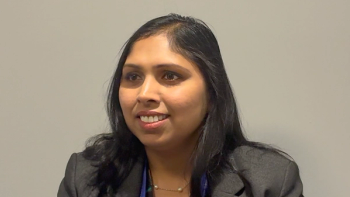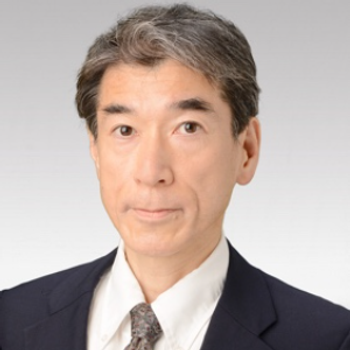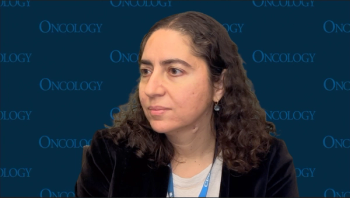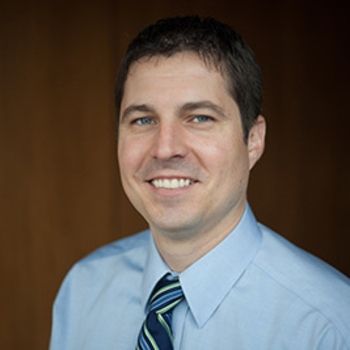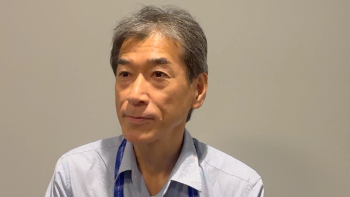
- Oncology Vol 28 No 1S
- Volume 28
- Issue 1S
(P126) Student Institute to Stimulate Interest in Radiological Sciences Academic Careers (SISIRSAC): A Novel Near-Peer Mentoring Approach
The World Health Organization predicts that 26.4 million new cancer cases will be reported in 2030 alone. It is necessary to establish an effective mentoring paradigm in radiological science, not just for medical students (MS) but also for high school (HS) and college undergraduate (UG) students, to promote a greater general awareness of the study of oncology as well as its therapeutic implementation.
Charles R. Thomas, Jr., MD, James A. Tanyi, PhD; Department of Radiation Medicine, Oregon Health & Science University
Introduction: The World Health Organization predicts that 26.4 million new cancer cases will be reported in 2030 alone. Between 2010 and 2020, the number of patients receiving radiotherapy will increase by 22%. Assuming that the current graduation rate of 140 residents/year remains constant, the number of full-time equivalent radiation oncologists is expected to increase only 2%. The number of residents would have to increase to 280/year for the years 2014–2019 to equal expected demand. For these reasons, it is necessary to establish an effective mentoring paradigm in radiological science, not just for medical students (MS) but also for high school (HS) and college undergraduate (UG) students, to promote a greater general awareness of the study of oncology as well as its therapeutic implementation.
Methods: Research experience in the Department of Radiation Medicine provides full-time summer and/or year-round research educational experience to HS, UG, and MS interns. Interns are paired in a “near-peer” fashion-that is, a junior or less experienced student matched with a senior or more experienced student. Each pair is subsequently matched with an experienced faculty preceptor. All interns spend a minimum of 10–12 weeks working full time in the preceptor’s laboratory. Preceptors are encouraged to involve interns as much as possible in all facets of the research process, such as reading relevant literature and participating in regularly scheduled lab meetings and journal clubs, research seminars, and multidisciplinary tumor boards. Didactic sessions on how to conduct scientific research and program evaluation from learners will be a core of the program.
Results: From 2007–2013, the department has mentored and sponsored a total of 50 students (excluding graduate, postdoctoral, and/or international students). A proud feature of the department’s mentorship program is that HS interns, like their UG and MS counterparts, are active participants who contribute significantly in the preparation of scientific abstracts for national/international conferences, as well as in the drafting of scientific manuscripts. While most HS interns typically start on short-term projects, they understand that research questions may not necessarily be answered in a limited time period. Nine of our HS students have coauthored at least one scientific abstract and/or peer-reviewed manuscript; three HS students successfully competed in regional and/or national science fairs, one UG intern was a laureate of the American Association of Physicists in Medicine (AAPM) Summer Research Fellowship, three UG interns have successfully earned college credits for their research, six MS have successfully secured competitive Research Medical Student Grant awards from the Radiological Society of North America (RSNA), and one MS was a Tartar Trust Fellow.
Conclusion: Based on the success of our current program, we will submit an R25 that will specifically meet the goals for the National Cancer Institute (NCI) Cancer Education Grant Programs initiatives through the following specific aims: Aim 1: To increase the number of students with an interest in cancer and radiation research by identifying and selecting HS and UG students and MS with strong interests in cancer and emphasize recruitment of women and underrepresented minorities into the program. Aim 2: Create and implement a structured mentored research and educational experience with emphasis on radiological sciences, near-peer mentorship, and dyadic mentorship.
Articles in this issue
Newsletter
Stay up to date on recent advances in the multidisciplinary approach to cancer.


